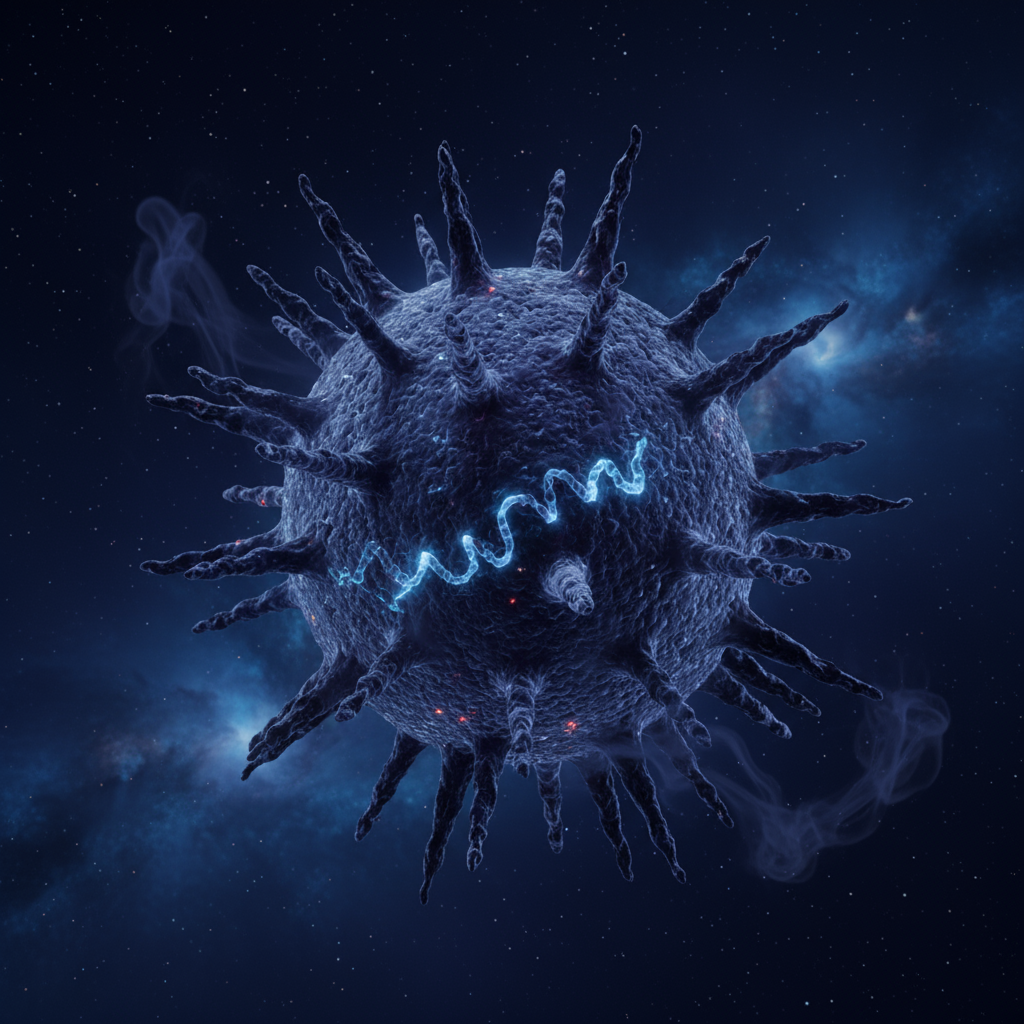
Nipah Binder Competition
Design a protein capable of neutralizing the Nipah virus, a pathogen with up to 75% mortality rate and high pandemic potential, currently lacking effective treatments.
Community Vote Open
The community vote has started! Vote for your favorite submissions by Starring them
Voting ends on Dec 11, 2025 at 8:00 AM (UTC)
Overview
- Stage 1Computational Design
Submit your computational protein designs. 1000 designs will be selected for experimental validation, 600 by the best ipSAE score, 200 selected by the community and 200 selected by a panel of experts.
Submissions OpenOct 30, 2025/
Submissions CloseDec 1, 2025 - Stage 2Experimental Validation
Selected designs undergo experimental validation in the Adaptyv Lab. Proteins with the highest binding affinity against Nipah Virus Glyprotein G win the competition. There will be two rankings: De Novo and Lead Optimization.
Validation startsDec 11, 2025/
Results releasedJan 13, 2026
- Stage 1Computational Design
Submit your computational protein designs. 1000 designs will be selected for experimental validation, 600 by the best ipSAE score, 200 selected by the community and 200 selected by a panel of experts.
Submissions OpenOct 30, 2025/
Submissions CloseDec 1, 2025 - Stage 2Experimental Validation
Selected designs undergo experimental validation in the Adaptyv Lab. Proteins with the highest binding affinity against Nipah Virus Glyprotein G win the competition. There will be two rankings: De Novo and Lead Optimization.
Validation startsDec 11, 2025/
Results releasedJan 13, 2026
About the Target
Nipah Virus Glycoprotein G
PDB: 2VSM
Sequence
Experimental characterization will focus on the extracellular domain (residues 71–602) of the Glycoprotein G.
Nipah virus (NiV) is a highly lethal zoonotic virus that occasionally spills over from bats to humans, causing severe respiratory and neurological disease. With mortality rates reaching 40–75%, Nipah is considered one of the most dangerous emerging pathogens, and the World Health Organization lists it as a top-priority virus for vaccine and therapeutic development. There are currently no approved treatments or vaccines for humans.
In this competition, the goal is to design binders against the Nipah virus Glycoprotein G (NiV-G) — the viral surface protein responsible for attaching the virus to human cells. NiV-G binds to the Ephrin-B2 and Ephrin-B3 receptors, which are present in the respiratory tract and central nervous system, enabling the virus to enter and infect host cells.
By blocking or disrupting this interaction, binders targeting Glycoprotein G could prevent the virus from entering cells, making it a promising neutralization target. Designing high-affinity binders to NiV-G could contribute to the development of therapeutic antibodies or diagnostic tools against future outbreaks.
Stages
Selection
Submit your computational protein designs. 1000 designs will be selected for experimental validation, 600 by the best ipSAE score, 200 selected by the community and 200 selected by a panel of experts.
Average ipSAE
Top submissions based on average ipSAE score, computed as described here (using Boltz2)
Community Vote
Submissions with the highest number of votes from the community
Experts Review
Submissions selected by a panel of experts for their novelty and originality
Frequently Asked Questions
- This review by Ganguly and co-authors summarizes the rising threat of the Nipah virus incredibly well, including its infection mechanism, spread across the regions, and state of vaccine development. However, all of its information is constrained to March-May 2025, missing out on cases as recent as 21st September 2025. We recommend this review published in The Lancet too, assessing all therapeutics against the Nipah virus and their clinical trial results.
- WHO fact-sheets for quickly getting up-to-speed on this viral infection.
And here is a list of the known therapeutics:
- m102.4 (anti-G glycoprotein): Completed Phase 1 safety and recommended as an immunotherapeutic candidate; CDC and ECDC list it.
- 1F5 / hu1F5 / MBP1F5 (anti-F glycoprotein): Newer antibody family showing strong protection in non-human primates and moving toward human trials. Early data suggest superior protection vs. m102.4.
- Other next-gen antibodies (research stage): mAb92, a monoclonal antibody targeting the F-glycoprotein, with in vivo validation against infection in animal models.